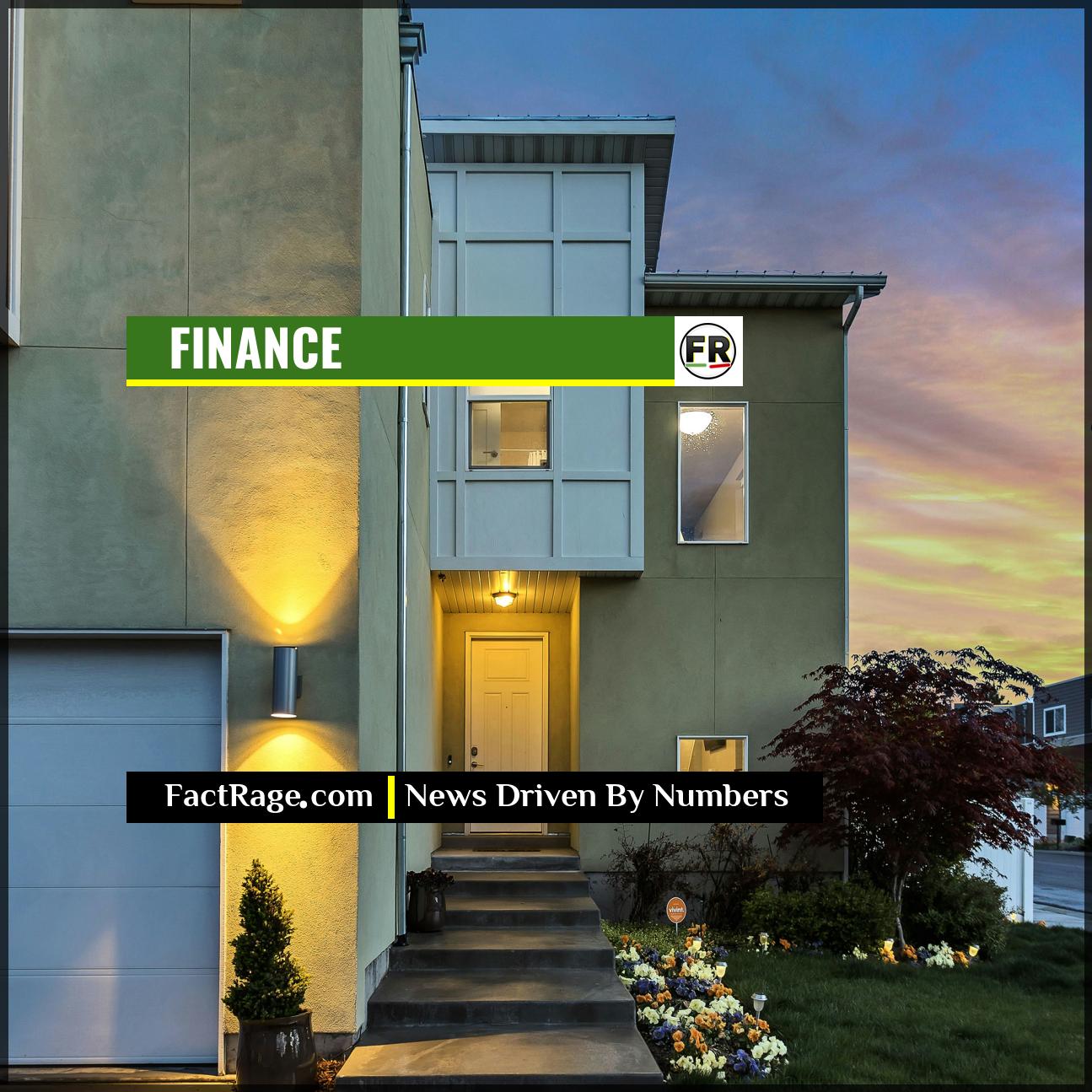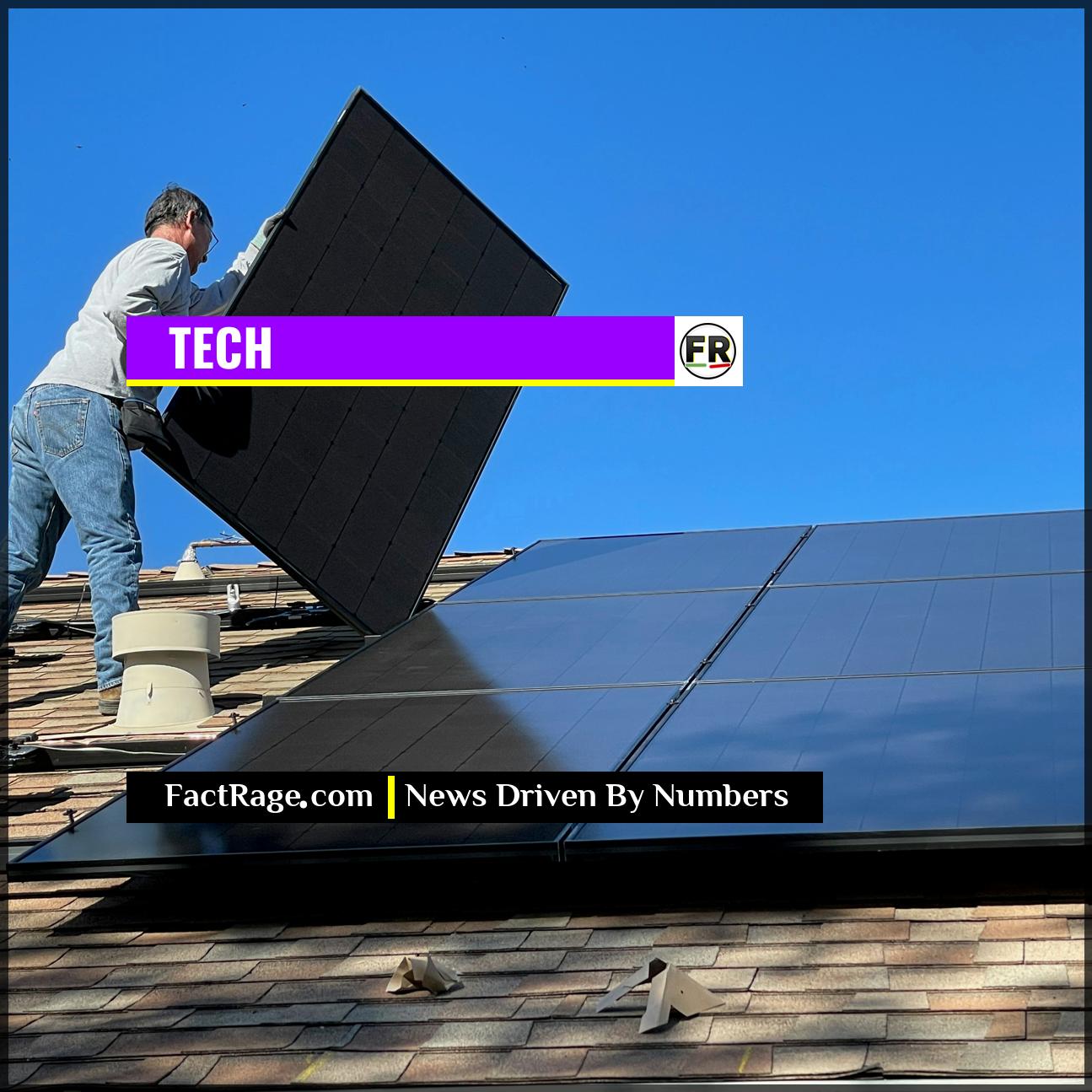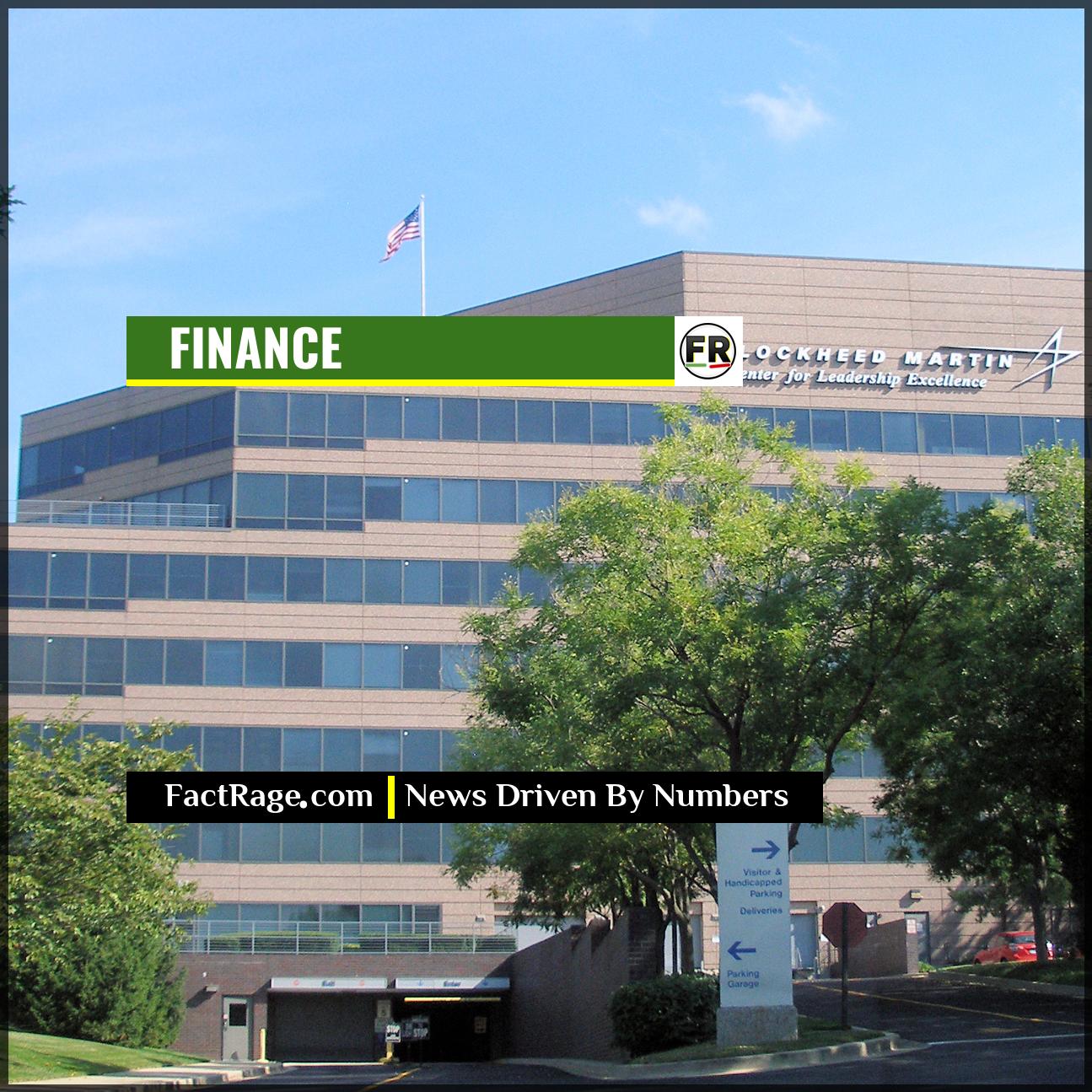NATIONWIDE – The U.S. housing market enters the summer of 2025 at a critical juncture, defined by a modest increase in for-sale homes clashing with persistent affordability challenges driven by elevated mortgage rates.
- Mortgage Rate Stalemate – Average 30-year fixed mortgage rates hovering around 6.4% remain the primary barrier for buyers and discourage current homeowners with lower rates from selling.
- Inventory on the Rise – The number of homes for sale is up approximately 20% from last year, offering more choice but still falling short of pre-pandemic levels by about 35%.
- Price Growth Decelerates – Nationwide, year-over-year home price appreciation has slowed to 2-3%, signaling an end to rapid gains and creating more room for negotiation.
These competing forces are forging a new, more balanced market reality. For buyers, sellers, and investors, understanding the interplay between these key data points is crucial for navigating the months ahead.
Why the Housing Market’s Math Matters More Than Ever
![]() The real estate narrative is filled with conflicting signals: rising inventory versus stubbornly high prices, creating confusion for buyers and sellers alike. But the underlying data tells a clear story about affordability and market friction. This analysis cuts through the noise to focus on the key metrics—mortgage rates, supply levels, and price deceleration—that define the financial reality of the current market. These numbers reveal a landscape that rewards strategic patience, not panic.
The real estate narrative is filled with conflicting signals: rising inventory versus stubbornly high prices, creating confusion for buyers and sellers alike. But the underlying data tells a clear story about affordability and market friction. This analysis cuts through the noise to focus on the key metrics—mortgage rates, supply levels, and price deceleration—that define the financial reality of the current market. These numbers reveal a landscape that rewards strategic patience, not panic.
Read On…
Here’s a breakdown of the competing forces at play and what they mean for your financial strategy.
How 6.4% Mortgage Rates Are Reshaping the Market

The central story of the Summer 2025 housing market is the continued impact of mortgage rates. While rates have retreated from their peaks in 2023 and 2024, the average 30-year fixed rate of approximately 6.4% remains a significant financial hurdle. For a median-priced home of $415,000 with a 20% down payment, this rate translates to a principal and interest payment of over $2,100 per month—hundreds of dollars more than what buyers faced just a few years ago.
This elevated cost of borrowing has a dual effect. First, it directly impacts buyer affordability, shrinking the pool of eligible purchasers. Second, it fuels the “lock-in effect,” where millions of existing homeowners with mortgages secured at rates of 4% or lower are financially disincentivized to sell their current homes and take on a new, more expensive loan. This dynamic is a primary contributor to the persistently low housing supply.
Is the Inventory Crunch Finally Easing?
There are clear signs of improvement in housing supply. According to data from the National Association of Realtors, the inventory of active listings is up roughly 20% compared to this time last year. This increase gives prospective buyers more options and reduces the likelihood of intense bidding wars that characterized the market from 2020 to 2022. Real estate platforms like Zillow reflect this trend, showing homes staying on the market for longer periods.
However, context is critical. Despite the year-over-year gains, total inventory remains about 35% below the levels seen in 2019. The market is still contending with a fundamental, long-term shortage of housing units. So, while the situation has improved for buyers, it is far from a market glut. The current environment is best described as less frantic, rather than a full-fledged buyer’s market.
Why Home Prices Are Stagnating, Not Crashing
The combination of high mortgage rates and rising inventory has successfully put the brakes on runaway price growth. The national median home price is holding steady around $415,000, with year-over-year appreciation slowing to a more sustainable 2-3%. This is a significant deceleration from the double-digit percentage gains seen in previous years.
What does this mean for market participants? Sellers can no longer expect to name any price and receive multiple offers over asking. Properties that are priced appropriately for current market conditions are selling, but overpriced homes are sitting. For buyers, this translates to newfound negotiating power. Asking for seller concessions to help with closing costs or to buy down the interest rate is becoming more common. However, the underlying lack of supply is expected to prevent a widespread, significant drop in prices, with most analysts forecasting regional stagnation or modest growth rather than a sharp correction.
The Financial Calculus for Summer 2025
![]() The data for Summer 2025 points not to a crash or a boom, but to a market defined by strategic patience and financial discipline. With affordability acting as a firm brake on demand and inventory offering only modest relief, the frenzy of the past has been replaced by a tense equilibrium. Ultimately, success for both buyers and sellers will hinge less on timing the national market and more on a rigorous analysis of local conditions and personal balance sheets.
The data for Summer 2025 points not to a crash or a boom, but to a market defined by strategic patience and financial discipline. With affordability acting as a firm brake on demand and inventory offering only modest relief, the frenzy of the past has been replaced by a tense equilibrium. Ultimately, success for both buyers and sellers will hinge less on timing the national market and more on a rigorous analysis of local conditions and personal balance sheets.














